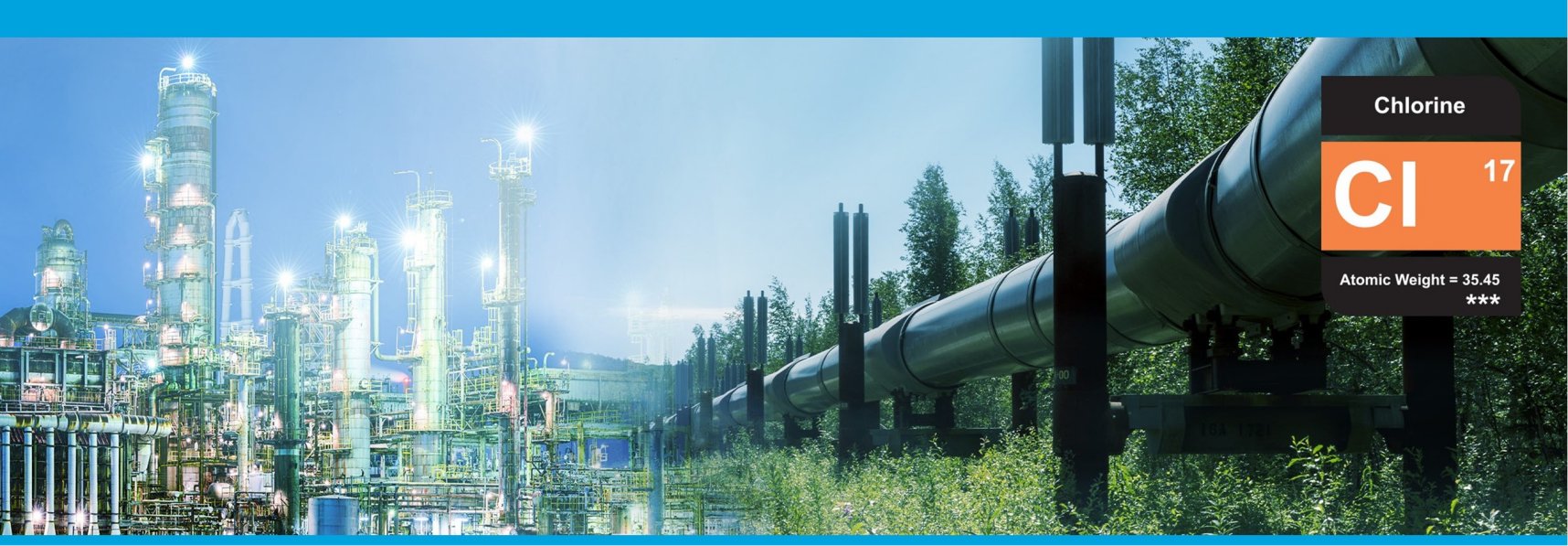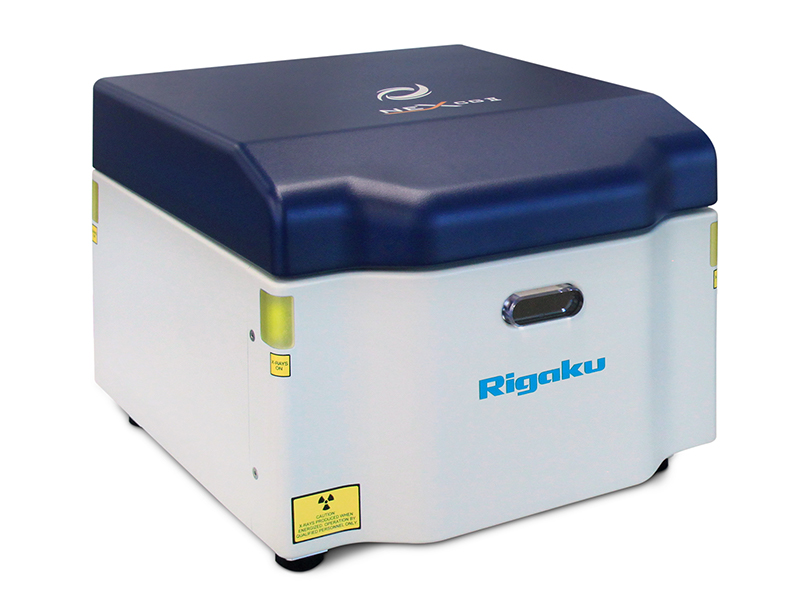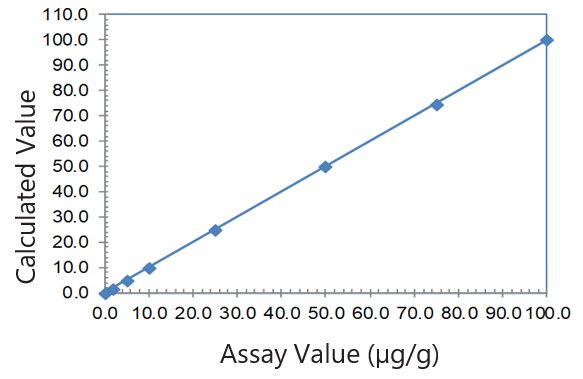Organic Chlorides in Crude by ASTM D4929 Part C

Scope
The analysis of organic chloride in crude is demonstrated as per ASTM D4929 Part C XRF using MEDXRF (Monochromatic EDXRF).
Background
Chlorides in crude contribute to corrosion in the piping at refineries during cracking as well as mid-stream in pipelines. Organic chlorides do not naturally occur in crude; however, inorganic chlorides in the form of salts and trace levels of residual organic chlorides from various natural sources can contribute to the total chlorine content. Inorganic chlorides can be removed from crude through a wash process; however, low levels of organic chlorides may remain. Contracts at the pipelines may contain clauses limiting the amount of organic chloride allowed in the crude. And at the refinery, after desalting and desulfurization, crude needs to be analyzed for any residual organic chlorides possibly still entrained in the feedstock to avoid potential damage during the refining process. And so, the need for a reliable measurement of low level and trace chlorine is critical in the petroleum industry. To meet this vital need, Rigaku offers NEX CG II monochromatic EDXRF using Cartesian Geometry and polarization.
 Model: NEX CG II
Model: NEX CG II
Calibration
As per D4929 Part C, empirical calibration was made using commercially available mineral oil standards. For optimum calibration, the standards contain both sulfur and chlorine, with sulfur content ranging from 100 to 1000 µg/g. Alpha corrections are automatically employed to compensate for sulfur’s effect on chlorine X-rays.
| Element: Cl Units: µg/g |
||
| Sample I.D. | Standard value | Calculated value |
| 1 | 0 | 0.0 |
| 2 | 2 | 1.8 |
| 3 | 5 | 5.15 |
| 4 | 10 | 9.96 |
| 5 | 25 | 25.06 |
| 6 | 50 | 49.79 |
| 7 | 75 | 74.75 |
| 8 | 100 | 100.3 |
 Correlation plot Cl
Correlation plot Cl
Precision
To demonstrate recovery, precision and repeatability of the measurement, a few calibration standards were selected, with results shown here. The ASTM repeatability r = 2.77σ.
| Element: Cl | Units: µg/g | ||||
| Sample | Standard value | Average value | Std. dev | Instrument r | D4929-17 Part C MEDXRF r |
| 2 | 2 | 1.82 | 0.07 | 0.03 | 0.8 |
| 3 | 5 | 5.26 | 0.07 | 0.19 | 1.2 |
| 4 | 10 | 10.14 | 0.1 | 0.28 | 1.6 |
| 8 | 100 | 100.6 | 0.2 | 0.6 | 4.5 |
Conclusion
NEX CG II using 90° Cartesian Geometry polarization monochromatic EDXRF gives superior performance for the measurement of organic chloride in crude as per ASTM D4929 Part C. NEX CG II also complies with many other ASTM methods and EPA requirements for critical measurements in the petroleum industry, making it an excellent choice as an all- in-one analyzer for measuring sulfur and ultra-low sulfur, metals in crude and residual oil, and lube oils.

Contact Us
Whether you're interested in getting a quote, want a demo, need technical support, or simply have a question, we're here to help.
